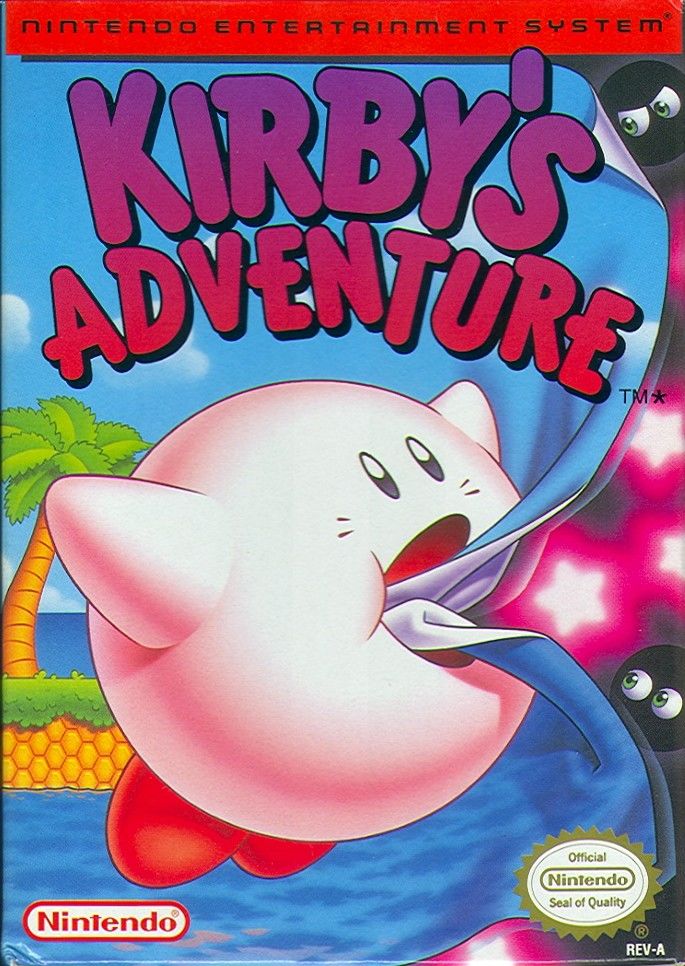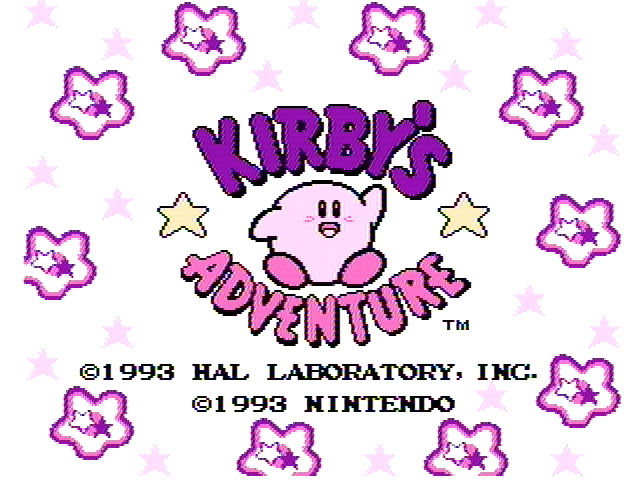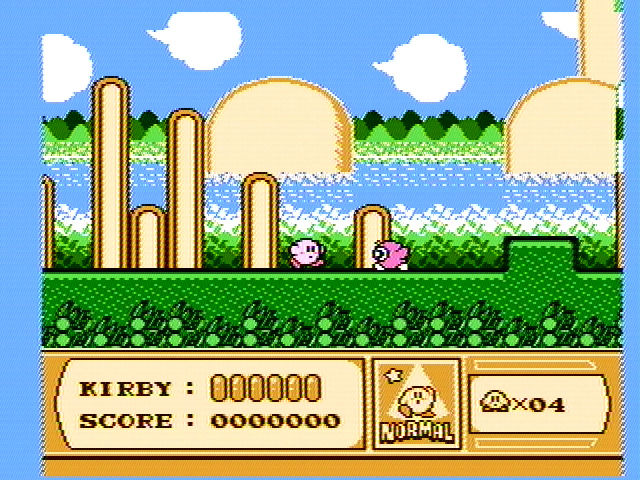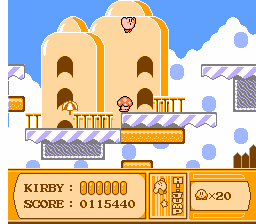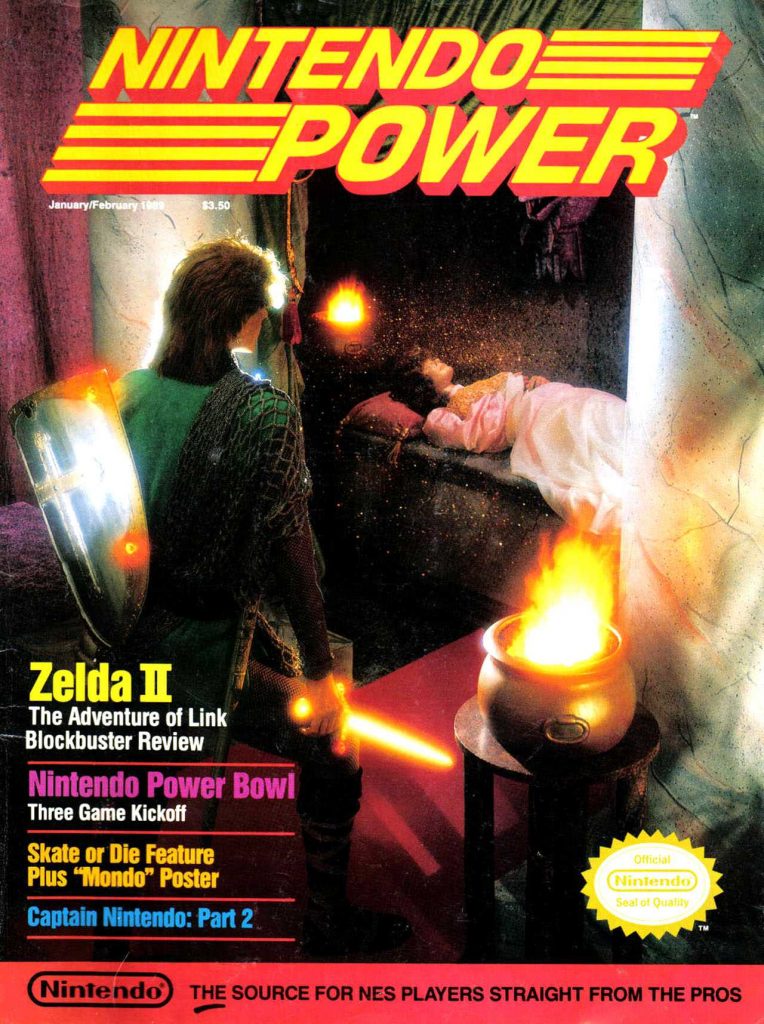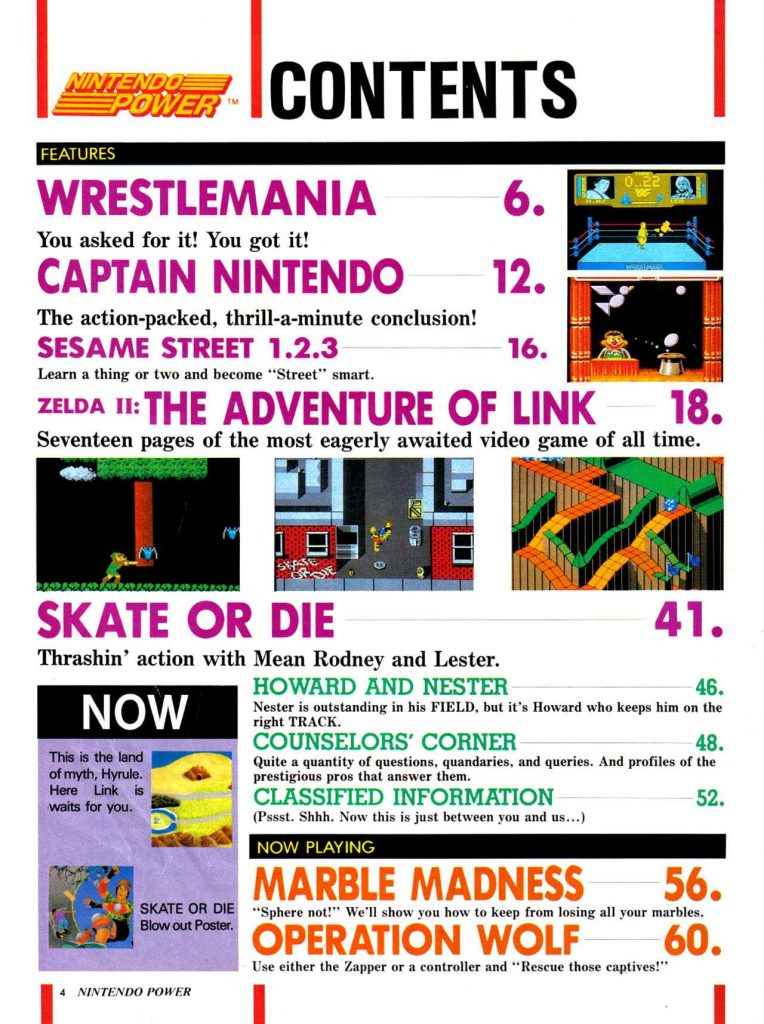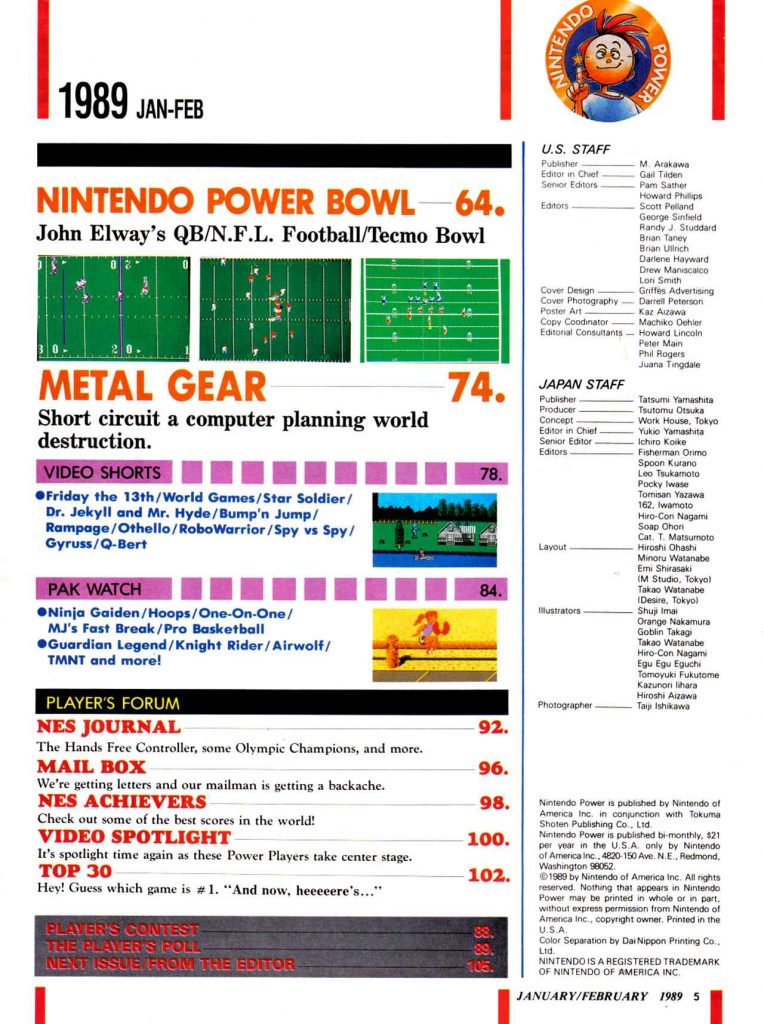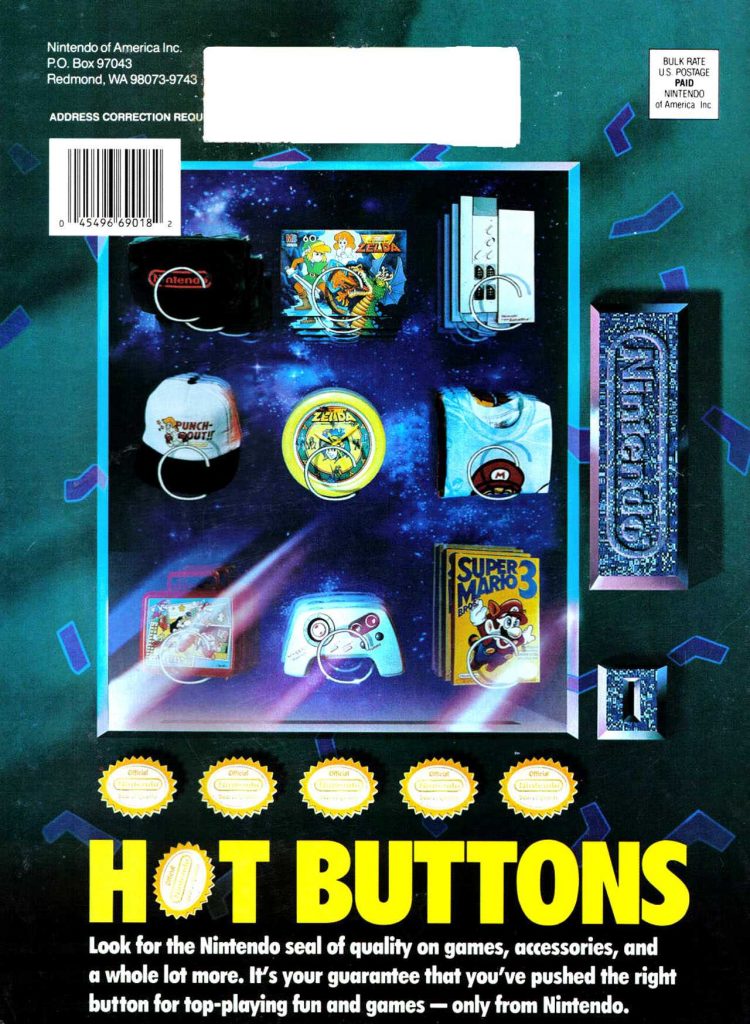Gauntlet is as much a major milestone in the arcades as games like Pac-Man and Space Invaders. It was original, had outstanding graphics and sound, and had the relative novelty of four-player cooperative play. It also spawned endless sequels and home conversions for years to come. It is considered to be the first multiplayer dungeon crawl arcade game.
Despite its apparent originality, like all great games, it is built on the success of others. Gauntlet was released in 1985 but bears a resemblance to an Atari 8-bit game from 1983 called Dandy and it’s no wonder as one of the developers of Dandy also worked on Gauntlet. Another 1983 game called Time Bandit, originally for the TRS-80 also shares some resemblance. In fact, Gauntlet could even be though of as an updated real-time version of Rogue which was released all the way back in 1980. Influences not withstanding, Gauntlet improved upon all of these in a variety of way, making it what I would consider the first mainstream game of its type.
Gauntlet was originally released by Atari as an arcade game in 1985. Numerous home ports would follow. The first one I remember playing was for the Commodore 64. However, the images here are from the NES version so that one is going to be my focus here. However, regardless of the version, game-play was pretty much identical in every version. From an overhead, scrolling viewpoint you had to find your way through a maze from the entrance to an exit to the next level. Along the way you had to face enemies like ghosts, demons, thieves, and more, including the dreaded Death. Most enemies are spawned from generators scattered about the level which can also be destroyed. Other items like food to restore health, treasure to increase your score and potions to destroy everything on the screen can also be found.
Tengen, a label of Atari Games, published Gauntlet on the NES in 1987. There were two versions, one license and one unlicensed though for the most part they were identical. While game-play is more or less the same as the arcade version, it isn’t identical. Gauntlet on the NES actually combines elements from Gauntlet and Gauntlet II. This means that levels aren’t necessarily the same and there are some other differences like being able to increase your max HP by collecting treasure, additional items to collect and more subtle changes. However, the graphics and game play match the arcade game pretty well and it is a solid version of the game. Perhaps the biggest drawback to this version (and most home versions) was the fact that only two players could play at once instead of four.
While there have been many sequels and updates to Gauntlet over the years, to the best of my knowledge, the only way to play the NES version of Gauntlet is to acquire an original cartridge or use emulation. The arcade version of Gauntlet can be found on Midway Arcade Treasures which was available for a variety of systems. Gauntlet was followed up by Gauntlet II in the arcades and at home as well as additional sequels on home platforms including Gauntlet: The Third Encounter, Gauntlet III: The Final Quest, and Gauntlet IV (I guess III wasn’t so final after all). The arcade series was revived in 1998 with Gauntlet Legends (which I played a lot of on the Dreamcast). Gauntlet Legends was the last Gauntlet game to be produced by Atari though there were a couple of sequels.
While the newer Gauntlet Legends games are indeed fun, there’s something about the original that keeps you coming back for more. I definitely recommend that gamers who have never played the original Gauntlet to give it a try. You can pretty much pick your favorite platform. The original arcade is a good choice of course, but the NES version and the Commodore 64 version (my personal favorite) are excellent as well. Other than emulation, the easiest way to get a hold of the original Gauntlet is to track down a copy of Midway Arcade Treasures.





